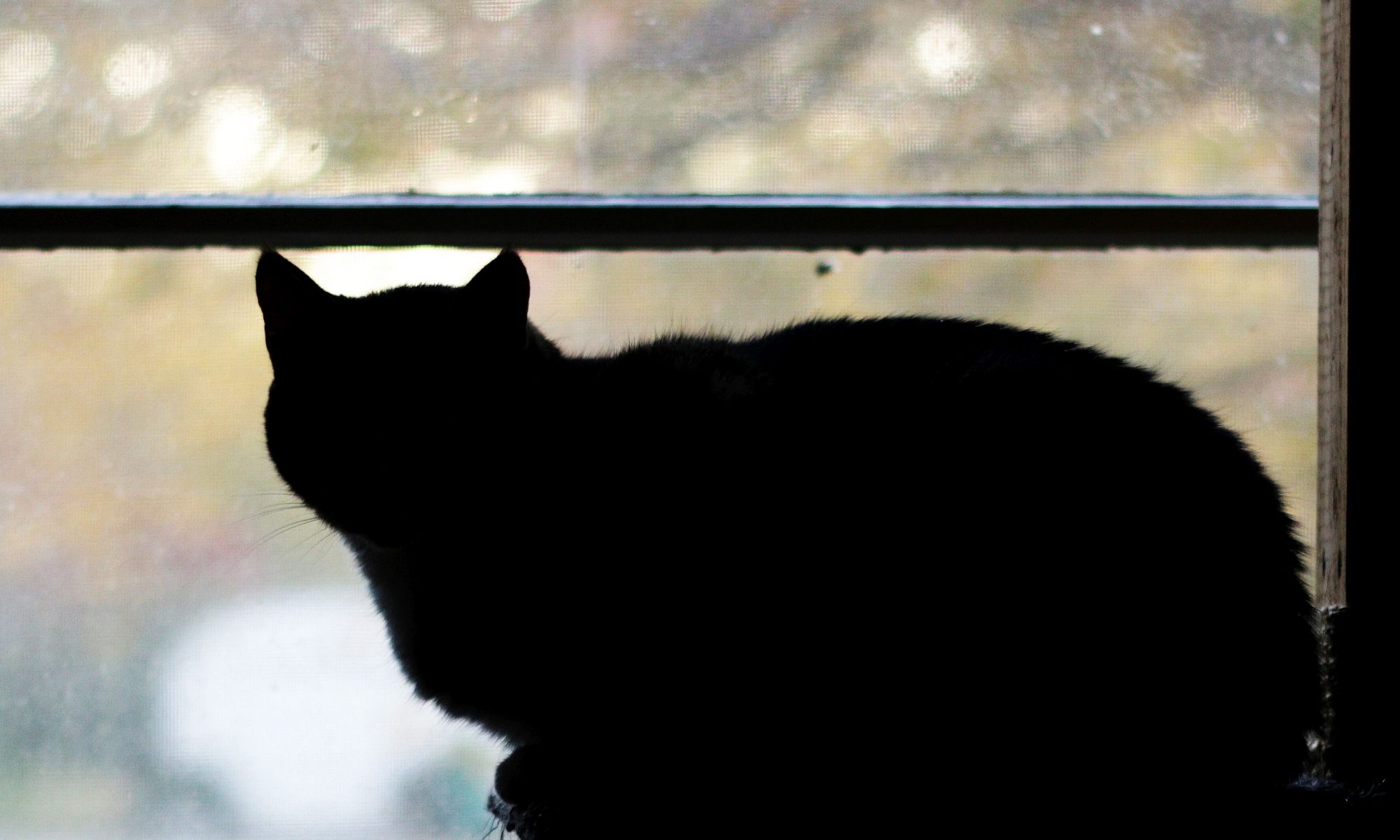If you’re wondering why stills cameras such as DSLRs and mirrorless cameras are sometimes used for video rather than video-centric camcorders, there are a few reasons.
The biggest by far is the larger sensor size in most stills cameras. My cheap Canon camcorder has a 1/4.85″ sensor which results in a “crop factor” (a number used to represent the reduction in size relative to a full-frame 35mm sensor, so 2x crop means 1/2 the surface area) of 11.68x, while my Canon APS-C DSLR has a crop factor of 1.6x, over ten times larger than the camcorder’s sensor. As a general rule, larger sensor surface area results in more accurate sampling of light hitting the sensor, which in turn means less image noise and higher image quality, though the details of sensor size are more complex than we have room to discuss here. Larger sensors also make it far easier to obtain shots with shallow depth of field, where the background elements are heavily out of focus and the in-focus subject “pops out” by comparison, an effect which is generally pleasing to the eye and is very common in portrait photography.
Another reason is access to interchangeable lenses. Camcorders have permanent optical systems that can’t be changed, so the user is stuck with the engineering trade-offs made by the company when designing the system. Interchangeable-lens cameras like DSLRs allow the user to change the entire optical system beyond the sensor to achieve different results. One huge advantage of this is access to “fast primes” which are lenses with a fixed focal length and a very wide aperture, letting in tons of light and enabling extremely shallow depth of field effects. Prime lenses generally have superior image quality over zoom lenses, and all camcorders tend to be zoom lens systems with a very large zoom range. Primes can also be very cheap despite this high image quality. The “tack sharp” look of a properly utilized fast prime lens is an extremely attractive feature and is considered by many to be mandatory for anyone using a DSLR for filmmaking. Beyond the fast primes, the ability to change to different types of zoom lenses is also useful because (as a general rule) longer range between the widest and longest focal lengths on a zoom results in lower image quality overall. For those with thousands of dollars to spend on a lens, a DSLR enables the use of lenses manufactured for exceptional image quality such as the Canon “L” lenses, which tend to be over $1,000 each. Camcorders rarely have optical systems with the level of quality that such premium lenses provide.
A third reason is simply that of trends. DSLR filmmaking has been a big trend since the release of the Canon 5D Mark II included decently useful video capability in a relatively common full-frame camera for the first time. As this excellent video capability filtered down to lower and lower lines of DSLR, the ability to use DSLR cameras to make professional videos reached more people and the other features mentioned above made these cheap DSLRs very attractive to aspiring filmmakers. It was a novelty when the 5Dmk2 landed that caught loads of attention and today it’s largely fueled by the momentum of the trend. Which leads me to…
Why is a camcorder still a good choice? Why do I often recommend camcorders over DSLRs to so many people with $1,000 and the need to shoot videos? Why would you want to AVOID DSLR or mirrorless cameras for video work?
Camcorders are designed for video first and photography a distant second. DSLRs and mirrorless cameras are still photography-centric devices despite being more and more video-friendly. The ergonomics of a camcorder are set up with video shooting in mind. Camcorders are generally more compact than DSLRs and some mirrorless camera setups. Camcorders tend to have long zoom ranges already built in and the lenses used tend to be quite good since they’re permanently installed. The smaller sensors in most camcorders tend to result in more in-focus area and much more forgiving and accurate auto-focus, making focusing dead simple compared to most DSLRs. Camcorders have smaller sensors which means longer battery life and no risk of sensor overheating from prolonged shooting. Stills cameras often have a 30-minute video recording time limit thanks to an extremely stupid EU tax on video camcorders that desperately needs to be repealed. Crucially, video camcorders have full control of the zoom system through a small rocker on the camcorder body itself AND if the camcorder has remote control functions, the zoom can be controlled remotely. DSLR cameras can’t control lens zoom due to the nature of the camera: every lens has a different zoom capability (or none at all.) There are “remote servo” kits that add electronic zoom control to a DSLR video rig, but they’re not exactly user-friendly things to configure and they’re not cheap.
There are a lot of people using DSLR cameras that should be using camcorders, but the combination of trendy momentum plus access to shallow depth of field, lower image noise, and interchangeable lenses means that the DSLR video craze is here to stay.

